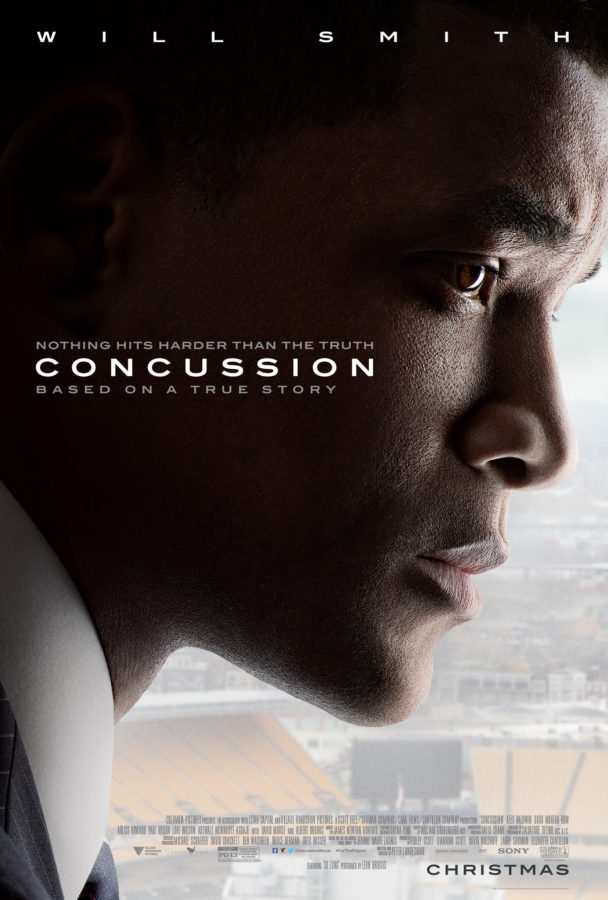“Concussion,” the 2015 Will Smith film, showed a vulnerable reality about a sport that is often glorified to the point where its athletes seemingly have few vulnerabilities. Football movies all do this in one capacity or another. They show a human side of football and allow their audiences to connect with the sport in ways that they might not have before.
“Concussion” follows the real-life story of Dr. Bennet Omalu, a Nigerian-American neuropathologist whose research on the effects of repeated blows to the head puts him at the center of a national controversy.
Omalu’s research inspired both a medical and ethical debate about the physical toll that professional athletes endured for the general public’s entertainment, and “Concussion” brought this debate into the mainstream. It allowed people to have critical conversations about a sport that is so universally enjoyed in America by showing them a side of the human toll of American football that had been previously largely unknown.
Take “Rudy” for example. As the story follows Rudy’s journey to play football at the University of Notre Dame, the audience is also shown a story about wanting to chase after an ambition despite knowing that the obstacles are stacked against you. Rudy knows that he doesn’t have the kind of prowess that most of the people who go to Notre Dame have, but his desire to play on the university’s football team pushes him to try anyway.
The beauty of “Rudy” and similar movies is that you do not have to be a die-hard football fan in order to relate to Rudy’s story. People of nearly all paths can sympathize with the struggle to work against all odds. In this way, “Rudy” creates not only insight into the struggle that some athletes go through, but also a cultural connection between those who are not fans of football and those who are.
It is through this kind of connection that people who are forced to passively nod their way through conversations about the playoffs because they know nothing about the sport are allowed to be a part of this American tradition. By using football as a setting for stories of universal struggles, football movies help to enrich the appreciation for the sport among those who do not entirely understand it.
Football movies have also served the purpose of cementing football’s cultural significance. Both “The Blind Side” and “Remember the Titans” are movies that use stories of football players to make commentary on race and social growth. By having an audience connect to characters through the structure of a story about football, these movies show that football players do not exist in a vacuum completely separate from social issues and are equally impacted by them as anyone else. Football appears to be a cultural outlet for social progress as these movies show football players enjoying and excelling in the sport despite the social strife they may face off the field.
When considering football movies both as a way to deepen cultural appreciation of football and as a way to cement the cultural importance of football, 2015’s “Concussion” fills both of these purposes. By showing the negative effects that repeated head trauma has on both the memory and mental health of football players, the movie gets its audience to appreciate the strain that athletes put themselves through. With the film showing how the NFL responded to the controversy surrounding the health of its athletes, the movie shows football to be relevant in a discussion about employers’ obligation to look out for their employees’ safety.
“Concussion” reflects the cultural role of the football movie sub-genre, which is to show us a deeper perspective of a sport that we appreciate and enjoy so deeply as a society, and to allow us to connect on a more human level with those that continue on its tradition.































